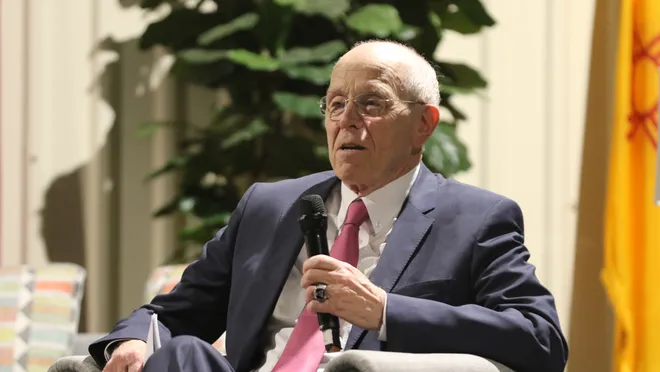 The crisis gripping Texas’ power grid is very different from California’s fiery emergencies in recent years, but there’s connective tissue there: Electricity grids and infrastructure need to be better equipped for a changing climate or they can have deadly consequences.
The crisis gripping Texas’ power grid is very different from California’s fiery emergencies in recent years, but there’s connective tissue there: Electricity grids and infrastructure need to be better equipped for a changing climate or they can have deadly consequences.
Driving the news: Texas is reeling after a bitter blast of Arctic air and a related demand surge led to widespread outages, causing millions of customers to lose power that as of this morning is only partially restored.
What they’re saying: “This crisis is illustrating the need for our energy systems to be more resilient to extreme weather,” Rice University energy expert Daniel Cohan tells Axios.
The big picture: Climate change is creating new challenges in the form of both extreme heat and polar vortex events that push Arctic air southward. Severe weather puts new strains on infrastructure while increasing demand for heating and cooling — making grid planning and resource allocation harder.
In California, hotter temperatures push up consumption and are a threat multiplier for wildfires.
Extreme heat and stronger storms are a big problem in Texas, even though the current woes occurring during the cold snap are front and center.
But, but, but: This New York Times piece on the climate-grid nexus — and the planning problems it poses — captures why some nuance is needed on what’s happening in Texas.
It notes that cold extremes in Texas are becoming less common.
“But some climate scientists have also suggested that global warming could, paradoxically, bring more unusually fierce winter storms,” they report.
However, the piece also notes that some experts aren’t certain that polar vortex disruptions are happening more, “making it even trickier for electricity planners to anticipate the dangers ahead.”
What we’re watching: One question going forward is whether this disaster will lead to major changes in the way the Texas power grid is regulated or operated — and how the crisis is spilling into national energy debates.
Texas Gov. Greg Abbott yesterday called for an investigation into the Electric Reliability Council of Texas, the state’s grid operator.
Meanwhile, Politico explores the political dimensions of the crisis and also asks whether it “could be a boon to Biden’s proposal to spend huge sums of money to harden the nation’s electric grid as it connects giant wind and solar power plants to cities and states thousands of miles away.”
The intrigue: The state, unlike large swaths of the country, does not have a “capacity market” that compensates power generators for commitments of future supplies — even if it remains idle.
Texas has an “energy-only” market that aims to have reserve capacity but relies heavily on market forces, which let prices soar during high demand periods.
power outages in texas
Power outage in McKinney, Texas, on Feb. 16. Photo: Cooper Neill/Bloomberg via Getty Images
Zoom in: There are many reasons why the situation in Texas is exceptionally bad.
The Wall Street Journal notes that the extreme cold affected “nearly every major category of electricity producer, from wind to natural gas to even nuclear power,” and coal too.
“But a shortage of natural gas also appears to have played a role. Texas gas wells froze up, limiting supply of the fuel and driving market prices sky-high.”
Bloomberg reports that regulators have let Texas power plant operators “leave their pipes, valves and pressure gauges exposed,” which is a big problem in extreme cold.




0 Comments